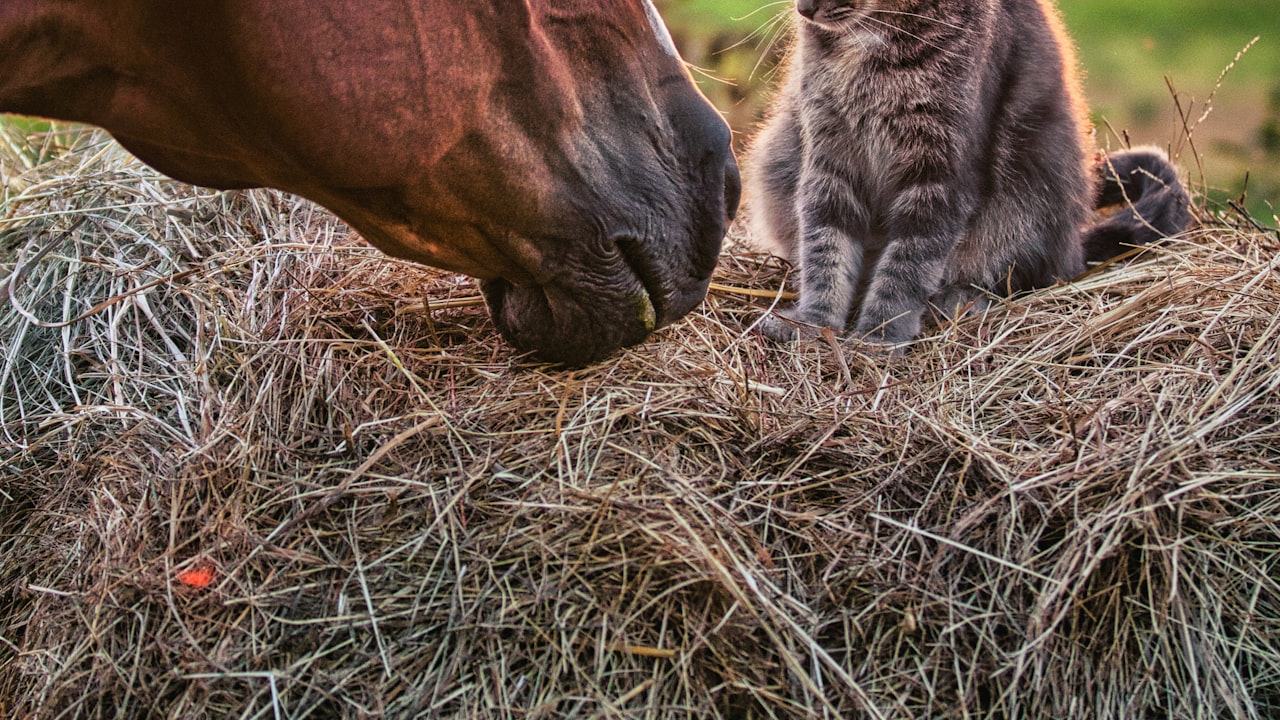What is a straw pellet?
Straw pellets are obtained from straws after production in a straw pellet mill. A straw is a term used to describe the remains gotten from harvesting grain plants such as corn, rice, wheat, to mention a few. Straw pellets help produce heat, food, and bedding for animals. For example, straw may be used to make horses' beddings.
You may find some animals eating the straw pellets, horses being an example. When you make your horse's bedding using straw pellets, you may at some point notice the horse eating the straw pellets especially when they have expanded in size. While you may think it is harmful, you should note that the straw pellets may not harm your horse because they barely have additives.
What are straw pellets used for?
The correct use of straw pellets is cooking or heating because of their chemical composition. The straw pellets give out a considerable amount of energy with the least pollution levels during burning. Pellets have severally been thought to be bigger pollutants than fossil fuels.
Straw pellets may also be good beddings, especially for horses. The most recommended are small pellets which would give the horse a good amount of heat. However, the pellets may sometimes produce an unwanted smell when they stay long. Make sure you clean and change the straw pellets frequently.
First, you need to create a deep bed and make sure it is clean. Dig out the straw pellets every three days and add a bale of straw pellets each time. This way, you will barely have any unwanted smell in the bed, and your horse will feel comfortable all through.
How are straw pellets made?
Straw pellets are made using various procedures depending on the ingredients and materials you have. Though the most important thing is to collect all the required materials before beginning to make the straw pellets,
You need first to collect straws. The straws may comprise leaves or grass and other outlandish materials such as grit, plastics, and metals. These alien materials may damage your pelleting equipment if not removed. So, the first process is to get rid of any unwanted materials.
Afterward, crush the straw biomass to get the correct and consistent size that you can use to make good straw pellets. This stage may involve chopping and cutting the straw into proper dimensions based on your pelleting machine and equipment. Good preparation helps save time and extend the life of the pelleting machines.
While many people assume the process of drying, it is a crucial stage of producing straw pellets. The appropriate moisture content that you should have for straw pellet production is 15%. If the content is high, you need to consider reducing it by using dust or other appropriate methods.
Tune the straw to the recommended state by adding moisture, water, or other additives such as binding agents. This process may be called conditioning because you are attaining the correct temperature, hardness, and other steps.
Lastly, you may pelletize using a straw ring die to press the pellets. Be sure to get the different conditions correct to ensure you have the correct quality of straw pellets. As such, you should prevent overheating and pellet die blockage. Among the things that will help you get good quality pellets are the pellet die's thickness, moisture contents, and ability to bind together.


